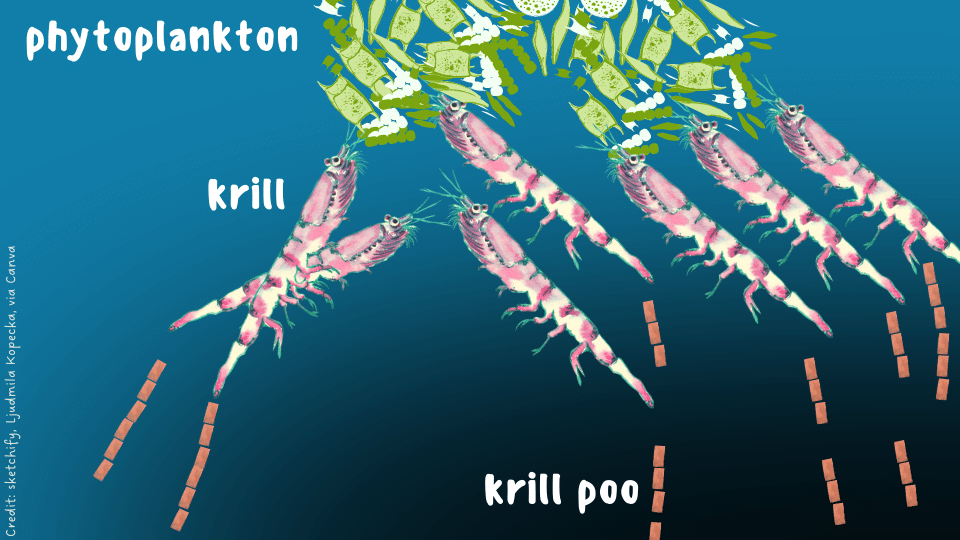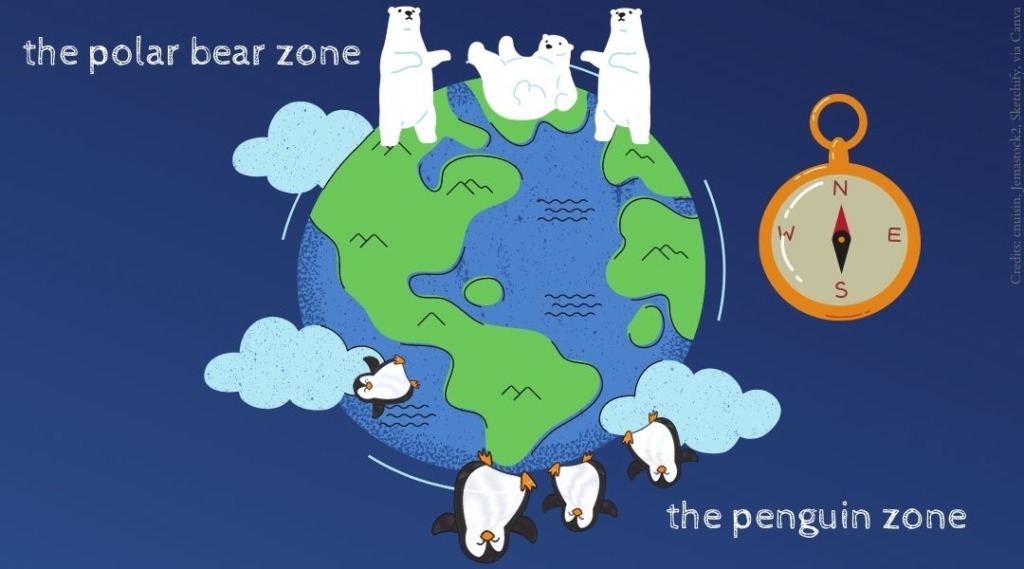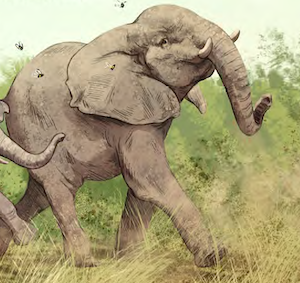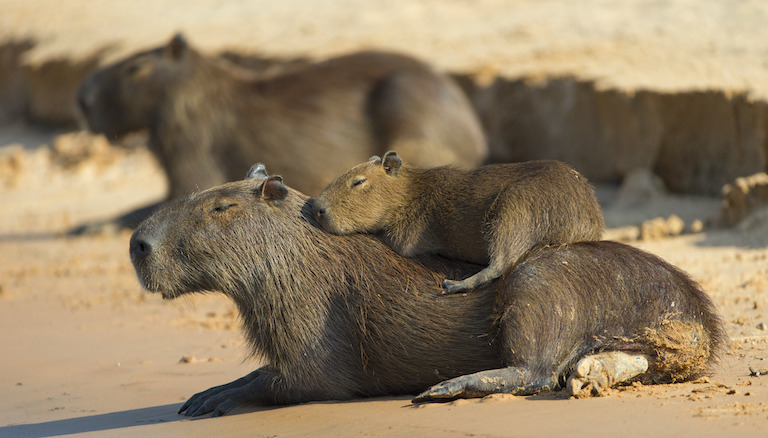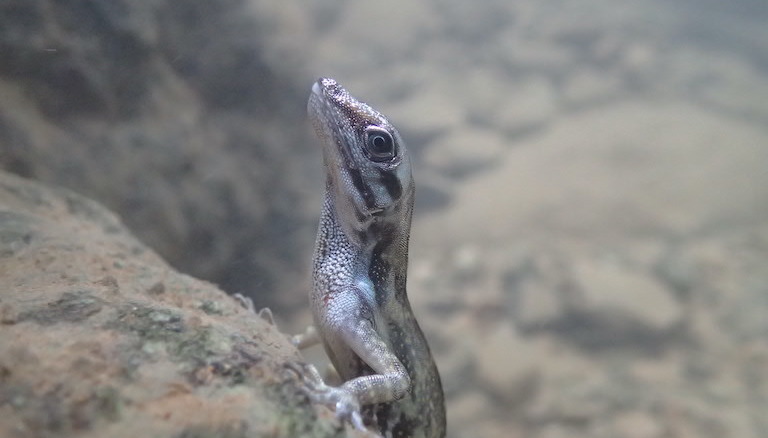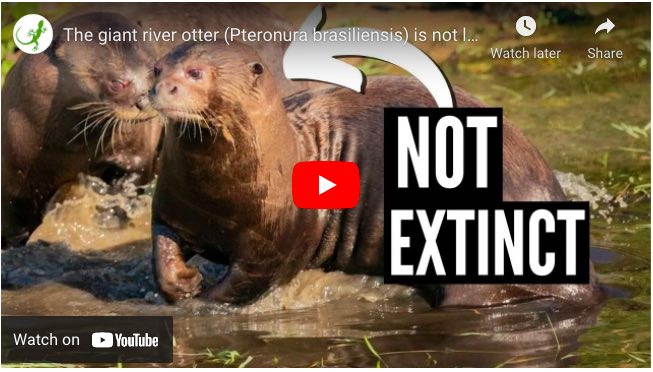Antarctic krill trap vast amounts of carbon from the atmosphere in the ocean floor through their sinking poop, a new study reports.
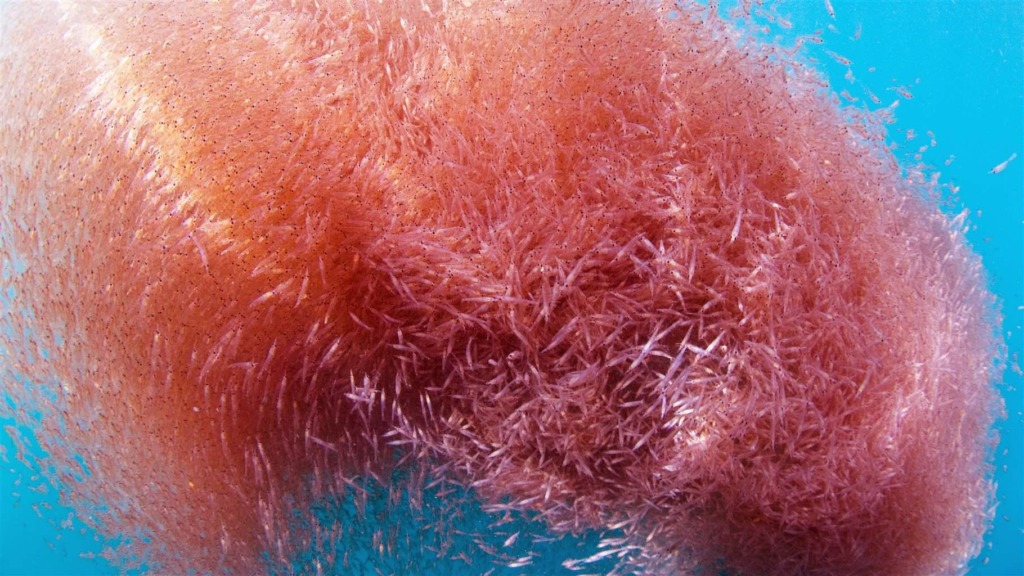
What are krill?
Krill are crustaceans related to shrimp and crabs. Individually, Antarctic krill are small animals about 5 centimeters (2 inches) long, but together, they are a mighty ecological force! They may even help fight climate change.

In the Southern Ocean krill are an important link in the food web. They connect microscopic plants called phytoplankton to many marine animals, from penguins and seals to fish and squid. Krill eat phytoplankton and then marine animals eat krill. Blue whales – the largest animals on Earth – depend on krill.
Krill swim in super-swarms that can span 10 kilometers (6 miles) wide and 100 meters (about 300 feet) deep. These krill swarms are so huge that their nighttime bioluminescent glows make them visible from space!
Little krill, big impact
When krill super-swarms eat phytoplankton they are consuming massive amounts of carbon. When they poop, their fecal pellets (the poo) store that carbon and prevent it from entering the atmosphere.

Scientists estimate that krill can store at least 20 million metric tons of carbon each year in the deep ocean. This means that krill store as much carbon as some entire “blue carbon habitats” like mangroves, seagrass meadows, and salt marshes.
Scientists also think that carbon is stored in the submerged krill poop for at least one hundred years!
Krill help run the food chains in the ocean, and they play an important role in storing carbon, showing that even small animals can have massive impacts on life on Earth.
David Brown adapted this story for Mongabay Kids. It is based on an article by Farah Aziz Annesha, published on Mongabay News:
Citation:
Cavan, E.L., Mackay, N., Hill, S.L. et al. Antarctic krill sequester similar amounts of carbon to key coastal blue carbon habitats. Nature Communications 15, 7842 (2024). https://doi.org/10.1038/s41467-024-52135-6

